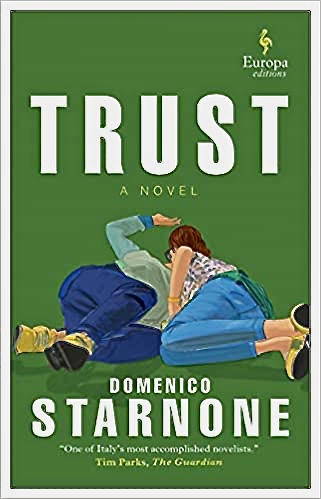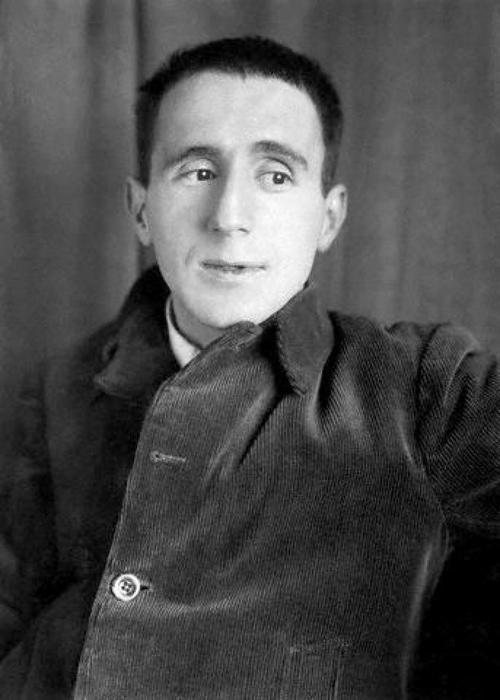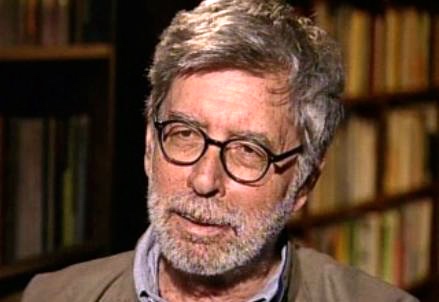Note: Domenico Starnone, author of fourteen works of fiction, is WINNER of Italy’s prestigious Strega Prize, WINNER of the John Florio Prize, and FINALIST for the 2018 National Book Award.
“I’ve loved, I’ve loved until I’ve lost my mind and my wits. Love as I’ve known it, in fact, is a lava of crude life that burns the refined one, an eruption that obliterates understanding and piety, reason and rights, geography and history, sickness and health, richer and poorer, exceptions and the rules. All that’s left is a yearning that twists and distorts, an obsession without a cure.” – opening lines of the novel.
 Pietro Vella, a thirty-year-old teacher, as the novel opens, is not afraid to share the story of the loves of his life, even if, at the outset, his story may verge on purple prose in the telling. At thirty, he has had two great loves, the first, a girl named Teresa, who was a student in his classes in high school and became his lover for three years after she graduated. Theirs was a passionate and spontaneous love filled with wild ups and downs, and when it looked as if Teresa was finally outgrowing the relationship, she suggested a way to cement their time together forever. Each would would tell the other some secret, one so awful that it would destroy the teller’s life if anyone else ever came to know it. A few days later, they “told each other that [their] affair had reached its end,” and they broke up. Teresa went off to study at a university in Wisconsin, and Pietro went on with his life. Soon he had met and pursued Nadia, a first year teacher at his school who was the emotional opposite of Teresa. Nadia had had the same boyfriend for six years and was planning her wedding to him, but that wedding that was soon canceled, not without some agony for Nadia, and she and Pietro began their affair. Calling her Nigritella, like the famous orchid Nigritella Rubra of Italy’s Peligna Valley, Pietro uses this nickname for Nadia to reflect “a passion that would never end and for sex that, as soon as it was over, wanted to start up again.” Their wedding occurs shortly afterward.
Pietro Vella, a thirty-year-old teacher, as the novel opens, is not afraid to share the story of the loves of his life, even if, at the outset, his story may verge on purple prose in the telling. At thirty, he has had two great loves, the first, a girl named Teresa, who was a student in his classes in high school and became his lover for three years after she graduated. Theirs was a passionate and spontaneous love filled with wild ups and downs, and when it looked as if Teresa was finally outgrowing the relationship, she suggested a way to cement their time together forever. Each would would tell the other some secret, one so awful that it would destroy the teller’s life if anyone else ever came to know it. A few days later, they “told each other that [their] affair had reached its end,” and they broke up. Teresa went off to study at a university in Wisconsin, and Pietro went on with his life. Soon he had met and pursued Nadia, a first year teacher at his school who was the emotional opposite of Teresa. Nadia had had the same boyfriend for six years and was planning her wedding to him, but that wedding that was soon canceled, not without some agony for Nadia, and she and Pietro began their affair. Calling her Nigritella, like the famous orchid Nigritella Rubra of Italy’s Peligna Valley, Pietro uses this nickname for Nadia to reflect “a passion that would never end and for sex that, as soon as it was over, wanted to start up again.” Their wedding occurs shortly afterward.

When Nadia offers some criticism of Pietro, he does not engage, except with a quotation from playwright Bertolt Brecht (above)
With all this action taking place in the first twenty pages of the novel, author Domenico Starnone has set the scene for the development of the ensuing story of Pietro’s lifetime in Italy with Nadia, and eventually their family. Teresa fades into the background as she lives and works in the United States, though she reappears occasionally by letter (in answer to Pietro’s own letters), over the next forty years. Pietro spends much time trying to figure out who he is, what his goals are, how his memories affect his life, and how much he owes his wife Nadia , at the same time that he gains recognition for his work. By far, the longest section of the novel is the early years of Pietro’s relationship with Nadia, but Starnone’s interest in showing the long-term effects of their relationship on each other continues throughout. Nadia gives up her own academic job, and devotes her life to her family and to Pietro. At one point, however, she admonishes Pietro for his feelings of self-importance, pointing out that he’d “never have written three words without [her].” Pietro’s response is to quote Bertolt Brecht, “On every page a victory. / Who cooked the victory banquet?” Nadia is not impressed by his masculine attitude: “Cooking’s the least of it, a cook’s salary would suffice. You owe me a lot more.”
“The Second Story,” told by Emma, daughter of Pietro and Nadia, shifts fifty years into the future. Emma, twice divorced and the mother of four daughters, works as a front-line journalist. When she learns by accident that on a national day dedicated to the schools, during which an outstanding professor will be granted a national prize, she determines that her father, Pietro Vella, not only deserves to be one of the candidates, but deserves also to be the winner. Best of all, she knows someone who is famous throughout the world, and she is betting that she can persuade this person, Professor Teresa Quardraro, to come to Rome from New York, meet the Italian president, and make the presentation to Pietro Vella for his work in education. “The Third Story,” Part III, is Teresa’s end-of-life story. After twenty-five years of no contact, Pietro, now nearing age eighty-five, has sent her a copy of a novel he has written about his life in politics and education. At seventy-two, Teresa is widely regarded as an expert sensitive to feminist goals and the honest assessment of political issues and corruption, and she agrees to come to Rome for the presentation of the special award, to meet the president, and to say something in Pietro’s honor.
The novel’s conclusion, in keeping with Starnone’s themes of love, its dependence on self-knowledge, and the kind of honesty which evolves from the trust and respect which two people must have in each other, provides conclusions regarding Pietro, Nadia, Teresa, and the people surrounding them. The action, carefully described, depends largely on the causes and effects of the choices made by the main characters as they lead the lives that they believe they have created for themselves. With three main characters, however, the reader cannot help but see how little awareness some of them, especially Pietro, have of who they really are. Questions of how they have come to believe what they do, why they act as they do, and what they may do in the future – all psychological action – are raised through the plot, and author Starnone provides the careful reader with answers to these questions as the plot leaps from characters in their twenties and thirties, to the same characters in their seventies and eighties. Ultimately, Starnone shifts back to the scene in the beginning pages, where Pietro and Teresa each tell their Big Secret, trusting the other never to tell anyone else what these secrets are. For the first time, the reader is privy to Teresa’s understandings about the relationship she shared with Pietro, not just the effects of those actions on Pietro, and it ties up all the themes and any loose elements of plot. The ending is a classic for those who have become involved in this novel and its psychologies.
*********
Side note: Author Starnone may have his own big secret. Married to author Anita Raja, who is believed by many to be the real author of the “Elena Ferrante” novels, Starnone has been suggested as a literary partner and co-author of Ferrante in the production of these novels. The NYTimes of Oct. 3, 2016 has a full story.
Photos. The photo of Bertolt Brecht is from https://www.pinterest.com
The arch in Washington Square, NYC, may be found here: https://ny.curbed.com
The author photo appears on https://www.ilsussidiario.net
The Negritella rubra orchid, which Pietro loves. http://www.freenatureimages.eu



